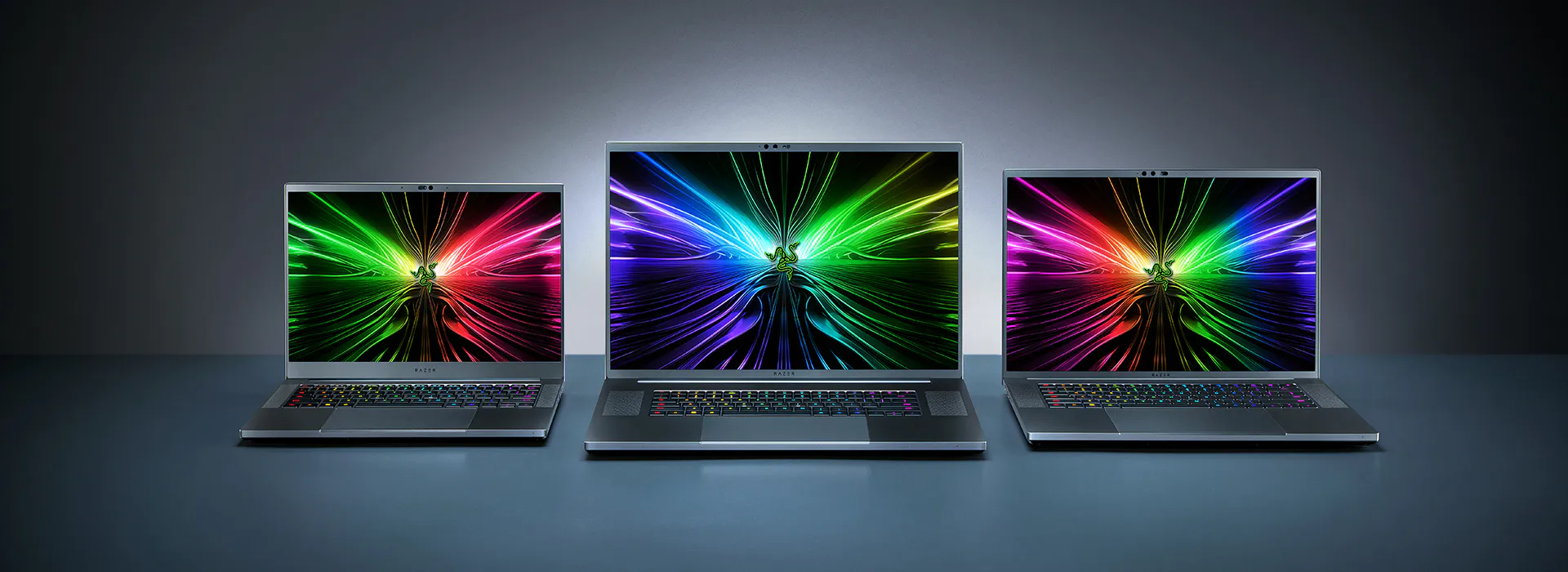Explore the benefits of advanced display technologies in laptops and PCs, from high resolution and color accuracy to enhanced energy efficiency and innovative form factors. Discover how these advancements are reshaping user experiences across various tasks and environments.
Display technologies in laptops and personal computers (PCs) have evolved significantly over the years, enhancing user experiences across various tasks from work to entertainment. This comprehensive discussion focuses on the advantages brought by advanced display technologies, highlighting their impact on productivity, creativity, and overall user satisfaction.
Evolution of Display Technologies: From CRT to Modern Innovations
The journey of display technologies began with Cathode Ray Tube (CRT) monitors, evolving through Liquid Crystal Displays (LCDs), Light Emitting Diode (LED) screens, and now into more advanced variants like OLED and Quantum Dot displays. Each advancement has brought improvements in resolution, color accuracy, response times, and energy efficiency, shaping how we interact with digital content.
High Resolution and Clarity: Enhancing Visual Experience
One of the foremost benefits of advanced display technologies is their ability to deliver high resolutions and exceptional clarity. High Definition (HD), Full HD (FHD), and Ultra HD (4K) resolutions have become standard, offering sharper images and text that reduce eye strain and enhance detail in graphics-intensive applications such as video editing, CAD design, and gaming.
Color Accuracy and Vividness: Ideal for Design and Media Work
For professionals in graphic design, photography, and video production, color accuracy and vibrancy are crucial. Modern displays with enhanced color gamuts and calibration capabilities ensure that colors are represented faithfully, enabling accurate content creation and ensuring consistency across different devices and platforms.
Improved Contrast and Black Levels: Enhancing Viewing Experience
Advanced display technologies such as OLED excel in contrast ratios and black levels compared to traditional LCDs. This capability enhances the viewing experience by providing deeper blacks, higher contrast ratios, and more vibrant images, which are particularly beneficial for watching movies, viewing photos, and playing games with rich visual content.
Faster Response Times: Enhancing Gaming and Multimedia Performance
Response times in displays refer to how quickly pixels can change from one color to another. Lower response times, often found in modern gaming monitors and laptops with high refresh rates, reduce motion blur and ghosting during fast-paced gameplay or video playback, resulting in smoother visuals and improved responsiveness.
Energy Efficiency and Environmental Impact
Advanced display technologies also contribute to energy efficiency improvements. LED-backlit displays consume less power compared to older fluorescent backlighting methods, reducing energy consumption and environmental impact. Additionally, technologies like OLED have the potential to further improve efficiency by enabling pixel-level control of brightness, enhancing battery life in laptops and mobile devices.
Thin and Lightweight Form Factors: Enhancing Portability
The shift towards thinner and lighter laptops and PCs has been accelerated by advancements in display technologies. Slimmer bezels, combined with technologies like OLED and edge-lit LEDs, allow manufacturers to design more compact devices without compromising on screen size or visual quality. This trend caters to the growing demand for highly portable devices that are easy to carry and use on the go.
Flexibility and Versatility: Touchscreens and Convertible Designs
Touchscreen capabilities and convertible designs represent another dimension of advanced display technologies. Touch-enabled displays facilitate intuitive interactions, making tasks such as navigating menus, zooming in on images, and annotating documents more natural and efficient. Convertible laptops with flexible hinge mechanisms enable seamless transitions between laptop, tablet, and tent modes, catering to different user preferences and workflows.
Future Trends and Innovations: Beyond Current Standards
Looking ahead, the future of display technologies in laptops and PCs holds exciting possibilities. Innovations such as foldable displays, microLED technology, and advancements in augmented reality (AR) and virtual reality (VR) integration are poised to redefine how we perceive and interact with digital content. These developments promise to enhance immersion, expand functionality, and further blur the lines between traditional computing and emerging technologies.
Considerations and Challenges
While advanced display technologies offer numerous benefits, there are considerations and challenges to address:
- Cost: High-resolution displays and cutting-edge technologies often come at a premium cost, impacting accessibility for budget-conscious consumers and businesses.
- Compatibility: Ensuring compatibility with existing software and hardware ecosystems, particularly in enterprise environments, requires careful integration and testing.
- Durability: Maintaining durability and longevity of advanced displays, especially those with new technologies like foldable or flexible screens, remains a priority for manufacturers.
Conclusion: Advancing User Experience Through Display Innovation
In conclusion, advanced display technologies play a pivotal role in enhancing user experience and productivity across laptops and PCs. From high resolutions and color accuracy to energy efficiency and innovative form factors, these technologies continue to push the boundaries of what's possible in digital display. As technology evolves, ongoing research and development will drive further improvements, ensuring that future generations of displays deliver even greater performance, versatility, and user satisfaction in diverse applications and environments.
